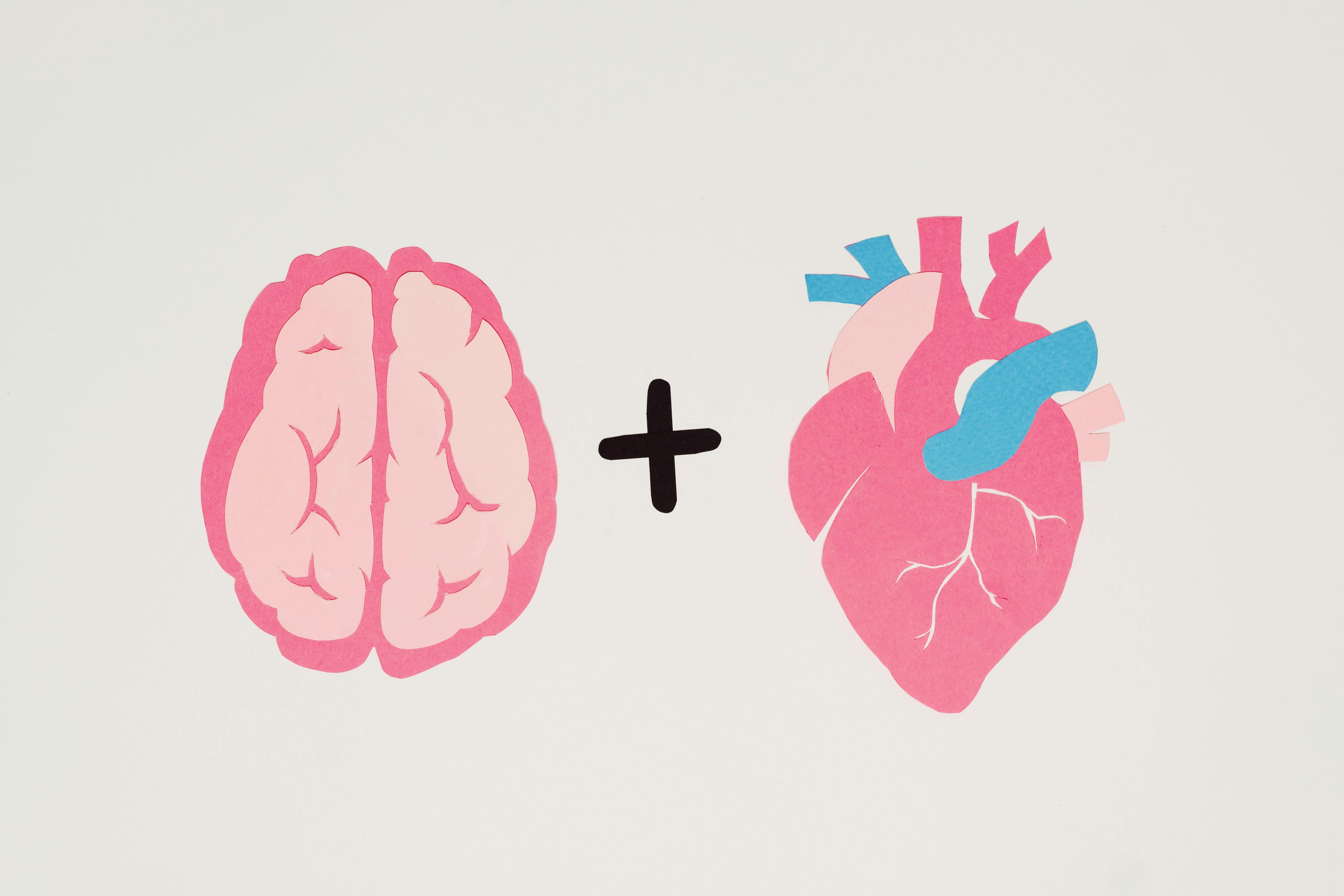Beyond the Physical - Why We Include Cognitive and Emotional Treatment in Therapy



If you are a person who stutters, or a parent of a child who stutters, what has your experience with stuttering therapy been like? What stood out to you about that therapy process? Did you feel seen, heard, understood?

At the American Institute for Stuttering (AIS), we are always searching for the latest research to support our treatment approaches. For stuttering specifically, this has involved an important shift away from fluency-shaping approaches. This shift started when people who stutter opened up about their own experiences with these approaches to stuttering therapy, sharing that they found the process uncomfortable and inauthentic.
This sparked the questions: Who was the therapy aimed at benefiting? Was it the person who stutters, or was it instead focused on “improving” the listener’s experience at the expense of the individual’s comfort, identity, and psychological well-being? These questions drove me to investigate the different approaches for stuttering therapy and the way that “success” was defined and evaluated.
This inspired the research question for my systematic review project in graduate school: What are the effects of cognitive-based approaches on adults who stutter? This blog post will outline what I found, and what that means for people who stutter.

If you are a person who stutters, you likely have experienced negative thoughts and emotions related to stuttering. These are real, valid responses that are a part of your stuttering experience, and they deserve to be acknowledged, not ignored. These psychological factors directly impact your quality of life and your interactions with others on a daily basis.
However, stuttering is often characterized only by the motor aspects (repetitions, prolongations, and blocks), while the emotional and cognitive aspects are brushed over, if not omitted entirely. In fluency-focused approaches that aim to eliminate the motor aspects of stuttering, the measured outcome for “successful therapy” is fluent speech. But, these approaches do not take into account a person's feelings, thoughts, and actual experience with stuttering. On top of that, research shows that despite achieving some initial (temporary) fluency, they are difficult to maintain over time and across contexts, and relapse rates are high.
In this systematic review, I explored the impact of approaches that do focus on the thoughts and emotions of people who stutter instead of only the motor aspects. Cognitive-based approaches, such as cognitive-behavioral therapy (CBT) and acceptance and commitment therapy (ACT), focus on the lived experience of people who stutter and take into account psychological factors. They aim to decrease negative emotions and reduce secondary behaviors (such as substituting words or breaking eye contact) while addressing values that are meaningful and relevant to the client. Because these approaches do not focus directly on fluency, different assessments are used to measure success.
My research focused on studies that used two different stuttering assessments: The Overall Assessment of the Speaker’s Experience of Stuttering (OASES) and the Unhelpful Thoughts and Beliefs About Stuttering (UTBAS). These assessments measure the impact that stuttering has on a person’s day-to-day life. Both the OASES and the UTBAS are self-report measures that use points scales in which higher scores correlate to a more severe impact of stuttering on a person’s life.

As an average across the studies which used the OASES as an assessment measure, there was a significant shift in impact ratings from moderate-severe to moderate following the cognitive-based therapy approaches. This means that the participants reported stuttering negatively affecting their lives less than it did before they started therapy.
Additionally, these ratings were maintained at the follow-up period, meaning that the therapy had lasting effects, not just temporary ones. Across the studies that used the UTBAS as an assessment, there was an average decrease in the adverse impact of stuttering on the lives of the participants, reflecting the participants’ perceptions that stuttering was less of a burden and had less of a negative effect on their lives after therapy.
These results reflect improvements in quality of life and support the use of cognitive-based approaches for stuttering treatment. They also encourage speech-language pathologists to consider how success is measured by taking into account values that are meaningful to the person who stutters themselves.
Using an impact-based definition of success opens up new avenues for goal setting and shifts the core focus of therapy. As a result, this allows for a more holistic and comprehensive form of therapy that encompasses the emotions, thoughts, and overall impact of stuttering on an individual’s life.
This systematic review demonstrates the positive impact these approaches have on quality of life. Importantly, because the OASES and UTBAS are both self-report measures, they reflect perceived gains by the people who stutter themselves, unlike previous assessments that were only measured from a listener’s perspective.
At AIS, we integrate these insights into our therapeutic work, ensuring that each person who stutters feels supported not just in how they speak, but in how they live, connect, and show up authentically in their own lives.
--
The American Institute for Stuttering is a leading non-profit organization whose primary mission is to provide universally affordable, state-of-the-art speech therapy to people of all ages who stutter, guidance to their families, and much-needed clinical training to speech professionals wishing to gain expertise in stuttering. Offices are located in New York, NY, Atlanta, GA, and online. Our mission extends to advancing public and scholarly understanding of this often misunderstood disorder.
Photos by Nadezhda Moryak, Alexander van Steenberge, Idzard Schiphof, Yosep Surahman

